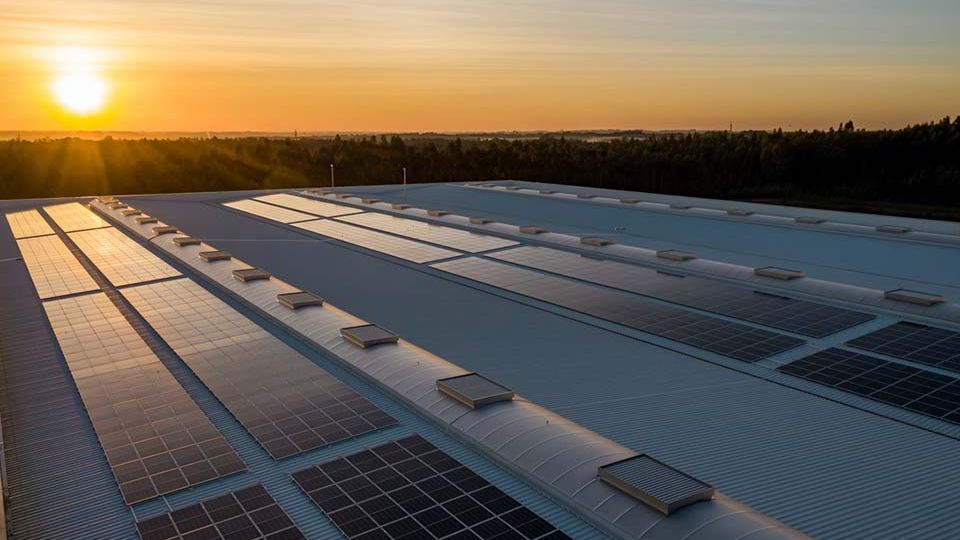May 2, 2024
JAKARTA – President Joko “Jokowi” Widodo has announced that the government will move forward with a plan to enable the export of solar power to Singapore.
Accompanied by their successors for the Leaders’ Retreat at Bogor Palace in West Java on Monday, President Jokowi and Singaporean Prime Minister Lee Hsien Loong celebrated their achievements in bilateral ties over the past decade and promised continued cooperation.
“We [the government] will continue to encourage plans to export [solar-powered] electricity to Singapore, including investment for supporting green industries,” President Jokowi said during the meeting on Monday.
Indonesia has sent out mixed signals regarding the export of power from renewable sources.
The Energy and Mineral Resources Ministry, though, said there was more than enough potential to meet domestic and export needs.
Nevertheless, Jakarta suspended plans to export clean power earlier last year, long after some Singaporean firms had inked deals with Indonesian counterparts to generate renewable energy in Indonesia and transmit it to the city-state.
In May 2023, Coordinating Maritime Affairs and Investment Minister Luhut Pandjaitan reaffirmed the move, but he suggested that Singapore build a renewable components factory in the country to have the suspension lifted.
Indonesia was getting ready to export 2 gigawatts of solar power to Singapore, Rachmat Kaimuddin, undersecretary for transportation and infrastructure at the Office of the Coordinating Maritime Affairs and Investment Ministry, said on Tuesday, as part of a larger effort to attract investment for solar panel supply chains in the country.
“We don’t want to import solar panel components, but solar panel factories abroad need to consider the economics of scale [before establishing a factory here],” he said in an interview broadcast by CNBC Indonesia.
Rachmat went on to say that solar power demand in Indonesia was not as big as Singapore’s, citing state-owned electricity utility PLN latest electricity procurement plan, which only seeks to add another 4.6 gigawatt-peak (GWp) of solar power into the grid by 2030.
“We can offer this large demand [by exporting solar power] to Singapore. We will use this project as a catalyst to invite solar panel components manufacturers to Indonesia.”
Plans to export solar power to the city-state took a long time to materialize considering the scale of the project, which Rachmat estimated to cost roughly US$50 billion.
He told CNBC Indonesia of Singapore’s previous request to export a total of 4 GW of solar power until 2035, but Indonesia eventually agreed to provide half of that figure.
“Two GW is equivalent to [baseload] power plant. If translated into solar panels, perhaps it is equivalent to 11 GWp, plus batteries [with a total capacity of] 21 gigawatt-hours.”
Singapore needs to import clean energy to achieve its 2030 Green Plan goals and 2050 net-zero target, according to the 2023 Southeast Asia’s Green Economy report published on Tuesday by Bain & Company, Temasek, GenZero and Amazon Web Services.
Electricity demand in the city-state is projected to reach 18 GW in 2050, but its own renewable energy resources potential is only 0.4 GW, the report states.
In June 2022, the Investment Ministry pushed for a ban on such exports, arguing that the country needed to ensure it had enough green power for its own industries, despite an announcement that the government had begun working on a new regulatory framework to enable the operation just a few months prior.


